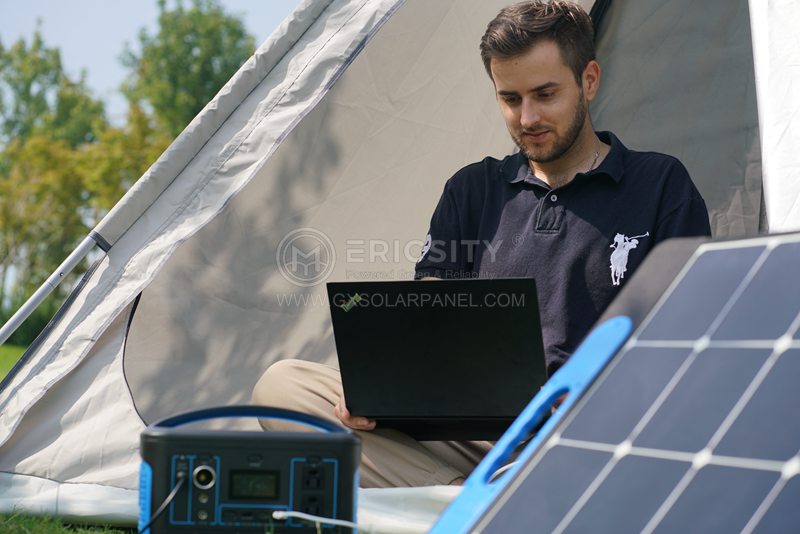HOT PRODUCT
Product Details
amorphous Solar Panels For Art And Creativity
Amorphous Solar Panels For Art And Creativity
Solar panels have become a common sight on rooftops and open fields, harnessing the power of the sun to generate clean and renewable energy. But what if we could integrate solar technology into art and creativity? Enter amorphous solar panels, a flexible and versatile form of solar energy harvesting that holds immense potential for artistic expression and innovative design.
Amorphous solar panels, also known as thin-film solar panels, are constructed using non-crystalline silicon. Unlike traditional photovoltaic (PV) panels that use rigid silicon wafers, amorphous panels use a much thinner and flexible substrate, allowing them to conform to a variety of shapes and surfaces. This unique characteristic makes them an ideal choice for incorporating solar power into artistic installations, sculptures, and even wearable creations.


One of the most significant advantages of amorphous solar panels is their aesthetic appeal. Traditional PV panels are often perceived as bulky and unattractive, limiting their integration options within artistic installations. In contrast, amorphous solar panels can be seamlessly integrated into various forms, enabling artists to blend renewable energy into their creations. These panels can be laminated onto glass, integrated into fabrics, or wrapped around curved surfaces, providing a visually appealing and functional addition to art installations.


Moreover, the flexibility of amorphous solar panels opens up new dimensions for creativity. Artists can experiment with different shapes and forms, exploring new possibilities for incorporating solar power in innovative ways. From mosaics and stained glass windows to sculpture parks and interactive installations, the integration of amorphous solar panels encourages the convergence of art and environmental sustainability.
The use of amorphous solar panels in art installations also has a practical aspect; it can power the artwork itself. By converting sunlight into electricity, these panels can provide a self-sustained energy source for lighting, motion sensors, or interactive components integrated into the artwork. This not only reduces the carbon footprint associated with traditional power sources but also offers a unique and engaging experience for viewers interacting with the artwork.
Beyond static artwork, amorphous solar panels also have potential applications in wearable technology. Fashion designers can utilize these flexible solar panels to create garments that generate energy from sunlight, powering small devices such as LED lights or even mobile devices. This convergence of fashion, technology, and renewable energy not only adds an artistic flair to wearable tech but also showcases the advancements in sustainable fashion.
While amorphous solar panels hold tremendous potential for art and creativity, there are still some challenges to overcome. The efficiency of amorphous panels is currently lower compared to traditional PV panels, meaning that they generate less electricity per unit area. However, ongoing research and development efforts are continuously improving their efficiency, making them a more viable and sustainable option for artistic applications.
In conclusion, amorphous solar panels offer a unique opportunity to merge art, creativity, and renewable energy. Their flexibility and aesthetic appeal make them an ideal choice for artists and designers looking to incorporate solar power into their work. From interactive installations to wearable art, the integration of amorphous solar panels allows for innovative and sustainable expressions of creativity. As advancements continue, we can expect to see more breathtaking artworks that harness the power of the sun, inspiring viewers to consider the intersection of art, technology, and environmental consciousness.




